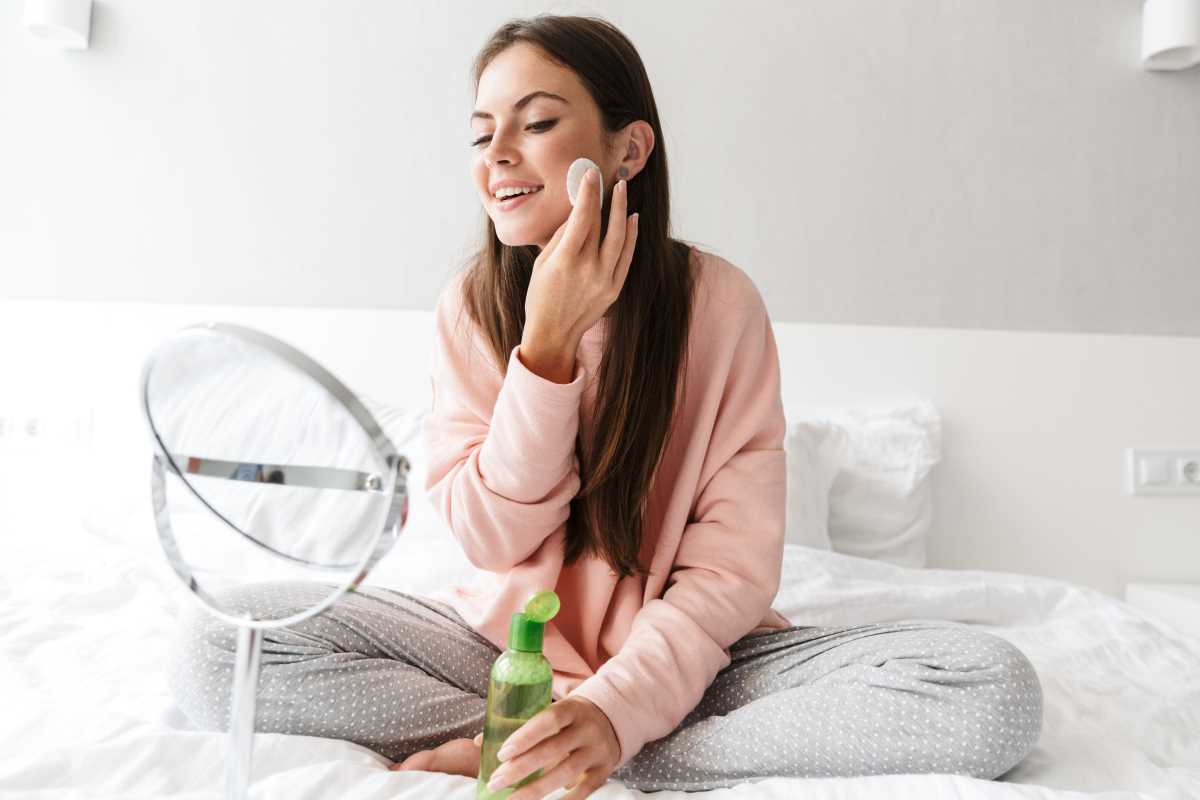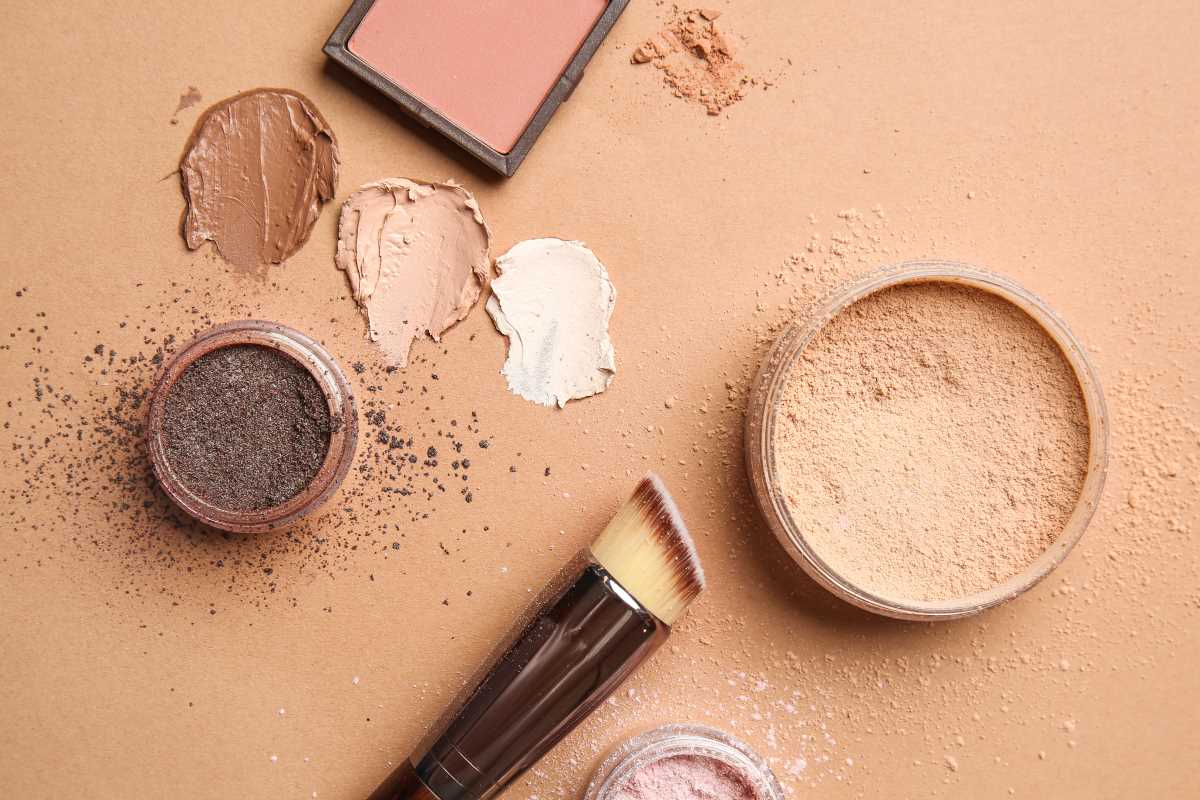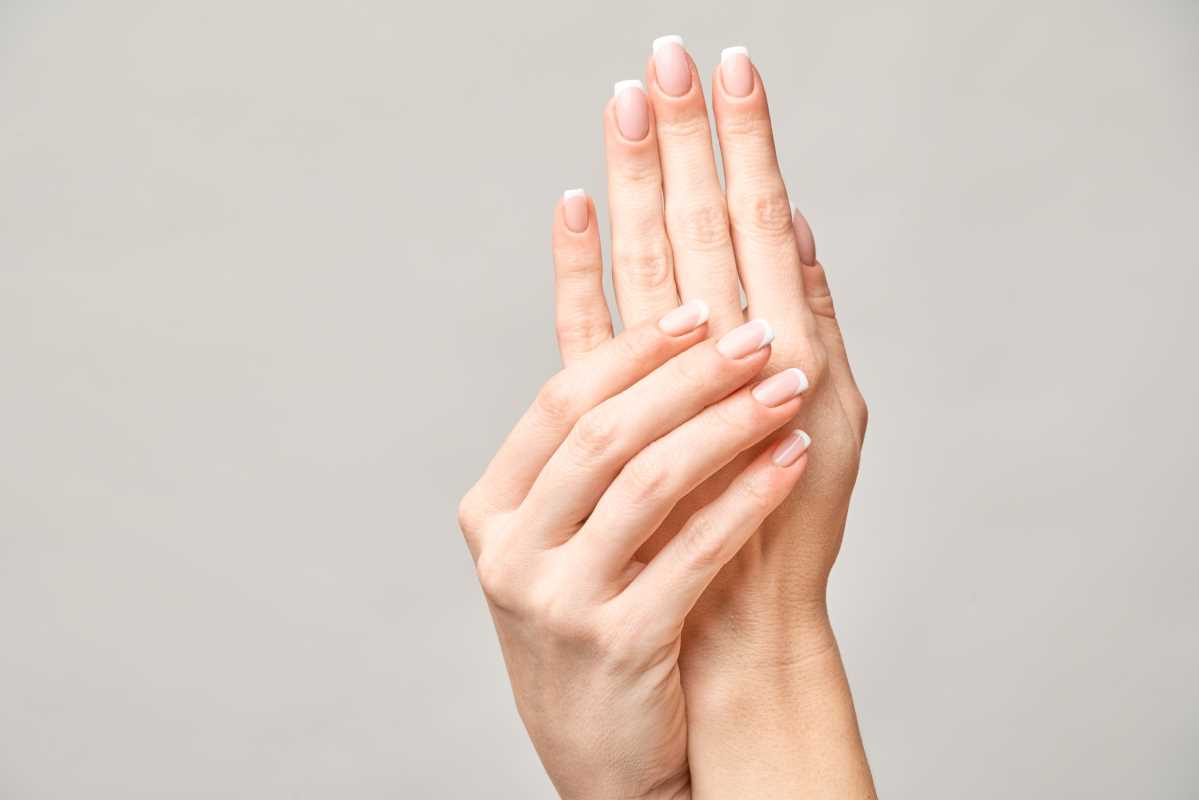Exfoliating your skin is a game changer when it comes to achieving that smooth, glowing complexion we all desire. It’s an essential step in any skincare routine that can help you say goodbye to dull skin and hello to a fresh, rejuvenated look. Here are some straightforward tips on how to incorporate exfoliation into your skincare regimen effectively.
Why Exfoliation is Important
First off, let’s talk about why exfoliating is so crucial. As we go about our daily lives, dead skin cells accumulate on the surface of our skin, making it appear dull and lifeless. Exfoliation helps remove these dead cells, unclog pores, and improve overall skin texture. By regularly exfoliating, you can also help your other skincare products penetrate better, maximizing their effectiveness. For most skin types, exfoliating 1-3 times a week is generally recommended, but it’s always best to listen to your skin and adjust accordingly.
Choose the Right Exfoliant
Choosing the right exfoliant is key to getting the most out of your exfoliation routine. You generally have two main categories to consider: physical and chemical exfoliants.
- Physical Exfoliants: These contain small granules or particles that scrub off dead skin cells as you massage them onto your skin. Think of scrubs with sugar, salt, or even ground coffee. They can be great for a quick pick-me-up, but you should be cautious with them—especially if you have sensitive skin, as they can cause irritation if used too aggressively.
- Chemical Exfoliants: These use active ingredients like AHAs (alpha-hydroxy acids) or BHAs (beta-hydroxy acids) to dissolve dead skin cells without the need for scrubbing. AHAs are water-soluble and ideal for dry or sun-damaged skin, while BHAs are oil-soluble and work well for oily or acne-prone skin. These types of exfoliants can be found in serums, toners, or masks, providing a gentler way to exfoliate.
Be Gentle
When you do decide to exfoliate, remember to be gentle. Your skin is delicate, and aggressive scrubbing can lead to redness, irritation, or even breakouts. For physical exfoliants, apply the product using soft, circular motions and avoid scrubbing too hard. If you're using a chemical exfoliant, follow the instructions on the packaging and allow it to do its job without overdoing it. Less is often more in skincare!
Don't Forget Sunscreen
After exfoliating, your skin may be a bit more sensitive, which makes sunscreen a non-negotiable part of your routine. Exfoliation can increase your skin’s vulnerability to sun damage, so applying a broad-spectrum SPF of at least 30 daily is crucial. Not only will it protect your skin from harmful UV rays, but it will also help prevent premature aging, keeping your complexion looking youthful and radiant.
Hydrate and Moisturize
After you’ve exfoliated, it’s essential to hydrate and moisturize your skin. Exfoliation can strip away some of your skin's natural moisture, so replenishing it is vital. Consider using a hydrating serum with ingredients like hyaluronic acid or glycerin, followed by a moisturizer that suits your skin type. This combination can help soothe and nourish your skin after the exfoliation process, ensuring it stays balanced and healthy.
Consult a Professional
If you’re new to exfoliation or have sensitive skin, don’t hesitate to consult a dermatologist or skincare professional. They can provide personalized advice on which exfoliants are best for your skin type and needs. A professional can also help you design a comprehensive skincare routine that includes proper exfoliation tailored to your specific concerns, whether that’s acne, dryness, or aging.
Incorporate Exfoliation into Your Routine
Now that you know the essentials of exfoliation, let’s talk about how to make it a regular part of your skincare routine. Consider choosing a specific day each week dedicated to exfoliating. For example, many people find it convenient to exfoliate on Sunday evenings to prep their skin for the week ahead. This helps create a habit, making it easier to remember to take care of your skin.
Make It a Treat
Think of exfoliation as a little treat for your skin. Turn on some calming music, light a scented candle, or enjoy a warm bath while you exfoliate. Taking the time to create a relaxing atmosphere can transform your skincare routine from a chore into a self-care ritual that you look forward to.
Your Skin Will Thank You!
Incorporating exfoliation into your skincare routine is a surefire way to achieve smoother, brighter, and healthier-looking skin. Just remember to choose the right exfoliant for your skin type, be gentle, and always follow up with sunscreen and moisturizer. With a little bit of attention and care, you can help your skin glow and feel its best. Your skin will thank you for it!
 (Image via
(Image via





